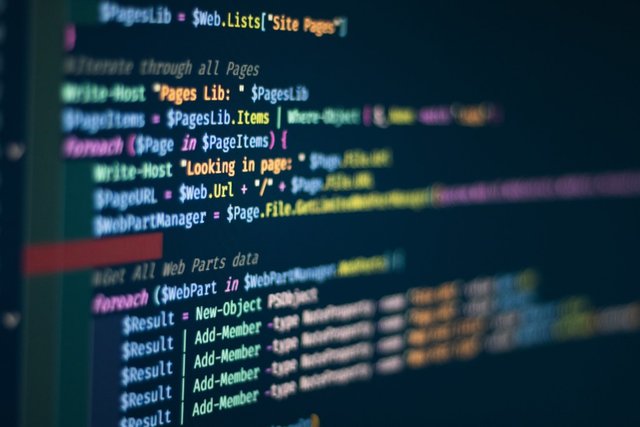
Decoding computer software typically refers to the process of reverse engineering or understanding the functionality of an existing software program, especially when the original source code is not readily available. Here are the features and functions related to decoding computer software:
Features:
Reverse Engineering: Decoding software involves reverse engineering, which is the process of analyzing and understanding a program's functionality, structure, and algorithms, often without access to the original source code.
Debugging and Analysis Tools: Reverse engineers use various debugging and analysis tools, such as disassemblers and decompilers, to inspect and interpret the compiled code of the software.
Understanding Legacy Code: It is often used to understand and work with legacy software, where the source code might be lost, unavailable, or poorly documented.
Security Assessment: Software decoding is sometimes employed for security assessment and vulnerability analysis to identify weaknesses or potential exploits in a program.
Compatibility: It can be used to ensure compatibility with older or proprietary software by decoding and adapting it to work in modern environments or with other systems.
Functions:
Code Analysis: Decoders analyze the binary code or bytecode of the software to understand its logic, data structures, and algorithms.
Reconstruction: In some cases, reverse engineers attempt to reconstruct source code from the compiled code to gain a more understandable and maintainable version of the software.
Modification and Patching: Reverse engineering can be used to modify or patch existing software to fix bugs, add features, or make it compatible with different environments.
Interoperability: It may involve making software components interact with other systems, languages, or platforms, ensuring compatibility and data exchange.
Compatibility with New Hardware/Software: Decoders can adapt older software to run on new hardware or with updated operating systems, preserving valuable functionality.
Security Assessment: In cybersecurity, decoding software is used to assess the security of applications by identifying vulnerabilities, malware analysis, and discovering potential exploits.
License Compliance: Some organizations decode software to ensure compliance with software licenses, especially in cases where the software's source code is not available.
Documentation: Part of the decoding process often involves creating documentation to explain how the software works, which can be valuable for future maintenance or development.
Ethical Hacking and Penetration Testing: In the context of ethical hacking and penetration testing, decoding software is used to identify and address security issues in applications and systems.
It's important to note that software decoding can raise legal and ethical concerns, particularly if it involves proprietary or copyrighted software. Reverse engineering should be conducted within the bounds of applicable laws and regulations, and often requires permission from the software owner or a legitimate reason for the reverse engineering activity.